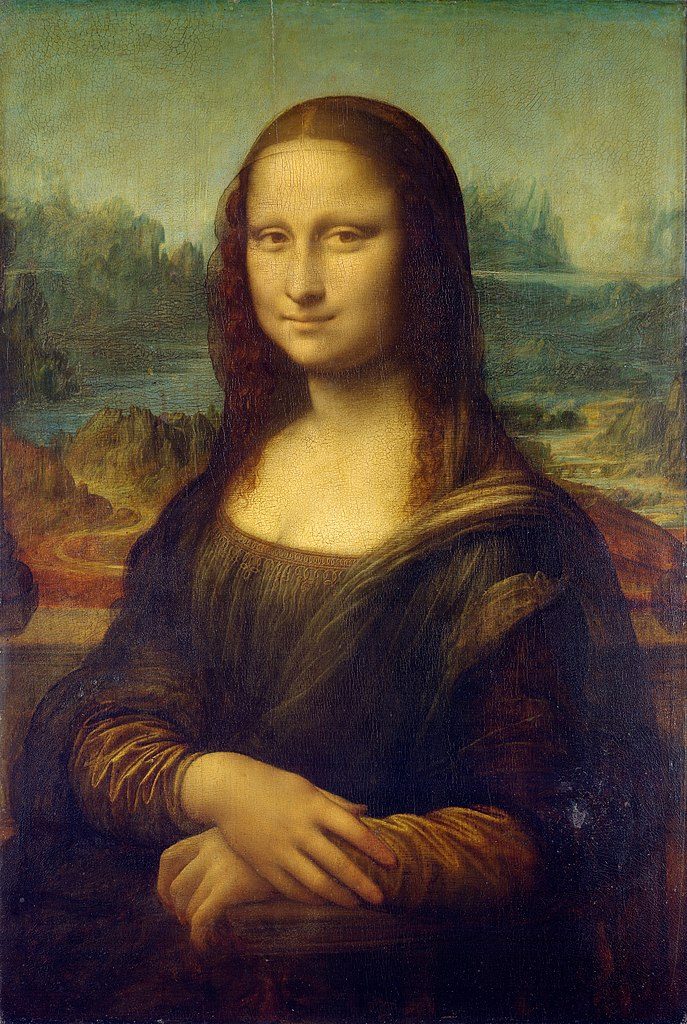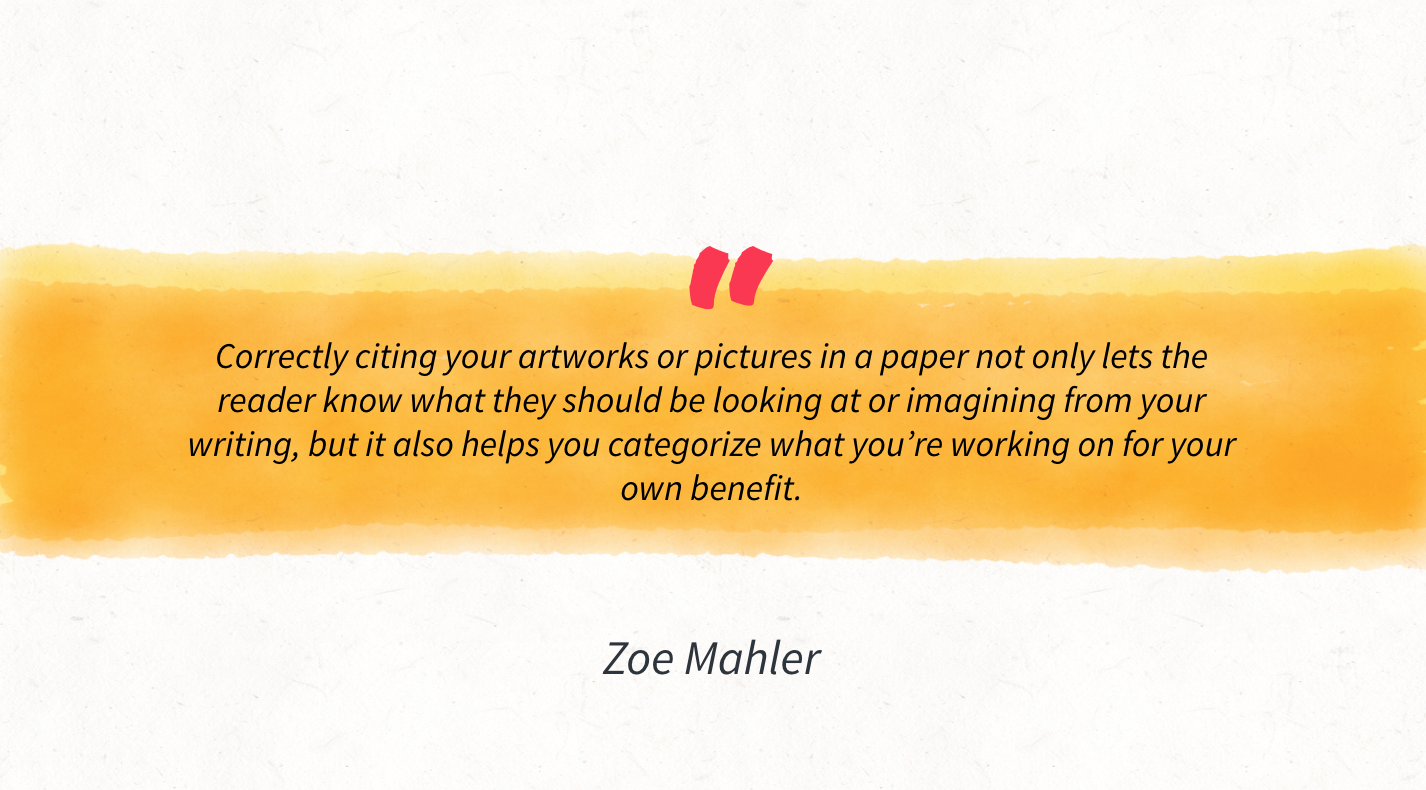The art of art citations
by Zoë Mahler
We all know that adding images to papers doesn’t impact the page number of our writing (and if you didn’t know that, then you’ve just received your first tip). That being said, as an art history major I have learned over the years the importance of correctly citing images in papers and all the mechanics that lead to a perfect citation.
I once wrote a paper for a 300-level art history course that included twelve different paintings by three separate Impressionist painters. It was a lot, and writing about all of them (while also making sure I wasn’t mixing any of them up) was quite the hassle.
Here are a few simple tips and tricks for properly citing images in an art history paper using the Chicago Manual Style. Let’s use the Mona Lisa as an example.
First things first: There are a few things to remember the very first time you mention an image. 1) Make sure you are presenting the reader with the full name of the piece, the artist, and the date of the painting. 2) Whenever you address the work of art, it must always be italicized: Mona Lisa. 3) Make sure to place (Figure 1) in parentheses after the image. This way, when you cite the images at the end of your paper, the reader can see which painting correlates to the writing. The only time you use (Figure 1) is after you introduce the painting the first time. For the rest of your paper, just call it by name, as with the Mona Lisa.
Bringing all these pointers together, here is an example of what the final product may look like:
In his 1503 painting, the Mona Lisa, Leonardo da Vinci creates his own natural background behind the smiling woman to complement her color palette (Figure 1).
Now you are at the end of your paper: After your bibliography, insert a picture of the artwork into your Word document. All your artwork will be the final pieces in the order they appear in your document, starting with Figure 1.
But how and where do you cite these artworks? It’s pretty simple. The only place you need to cite your photos – unless it is something you saw in person for a gallery talk – is after the bibliography (as mentioned before). You do not cite photos of your artworks in your bibliography unless you went to the museum yourself and saw the painting firsthand. For this example, I obviously have not gone to the Louvre to see the Mona Lisa, so the only place I am citing this photo is below the image. You can simply follow this format:
Format: Figure no. Title of Artwork, artist, date, name of gallery, City.

Example: Figure 1. Mona Lisa, Leonardo da Vinci, 1503, the Louvre, Paris.
You will not always know where a painting is being held, and sometimes it may not even be on exhibit. Because of this, it’s okay if you only have the first three criteria.
Correctly citing your artworks or pictures in a paper not only lets the reader know what they should be looking at or imagining from your writing, but it also helps you categorize what you’re working on for your own benefit. If I hadn’t been establishing which figure was which while I was writing my paper, I probably would have gotten pretty confused from time to time. As long as you follow these guidelines, your paper should be a pristine work of art itself!
Zoë Mahler is a senior with an art history and mass communication double major, and a religion and sociology double minor. She spent her summer on a Principia Abroad program studying archaeology and prehistoric Neolithic temples in the United Kingdom and Malta.

